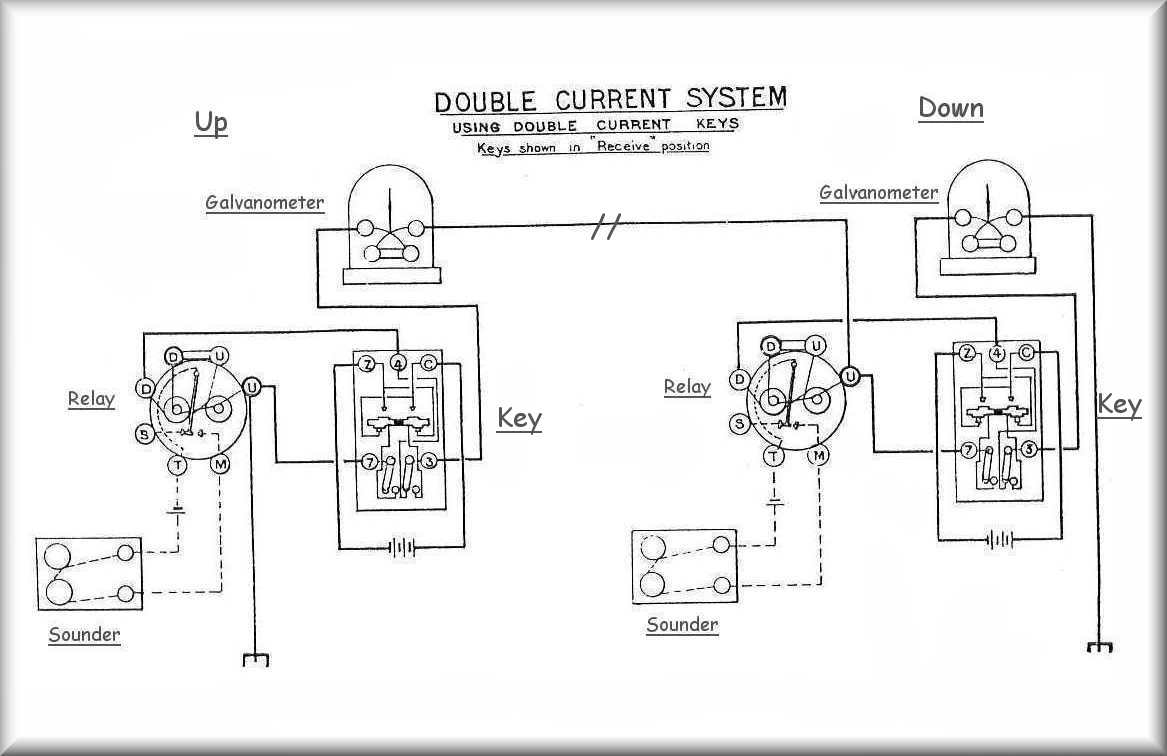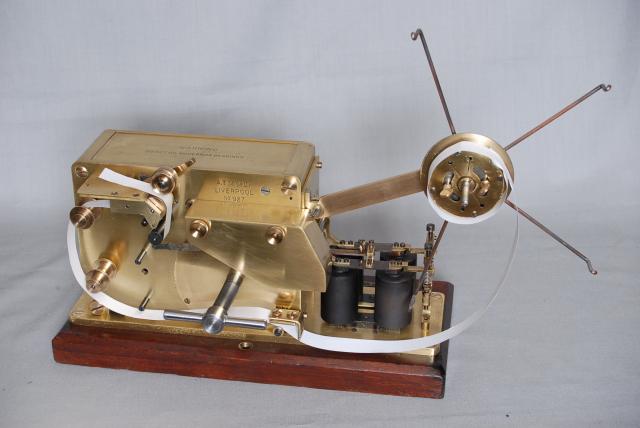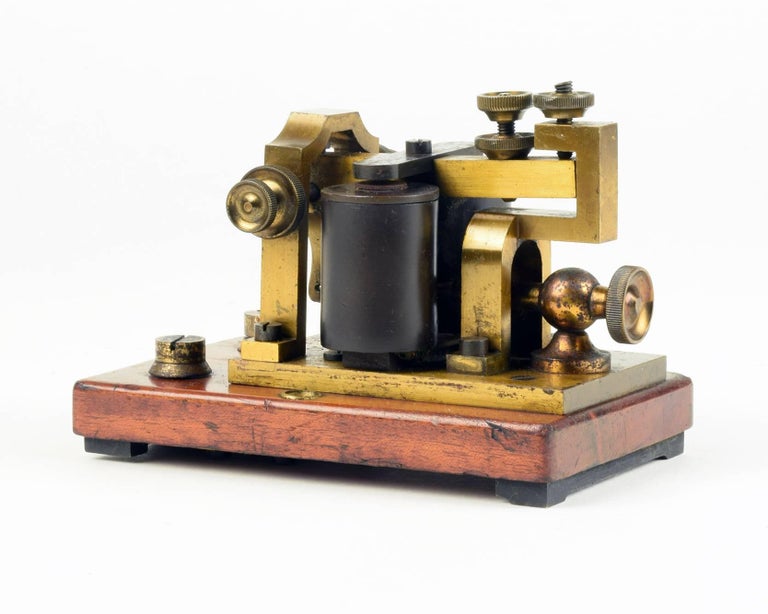I'm interested but was interrupted, AGAIN. My time isn't my own!
The patent shows the original Morse Code, in which messages were typeset in a form, and sent by running a key along the line of indented slugs. At the other end the undulating signal was inked on paper tape and then decoded by eye. Not much skill required of the operators but desperately slow!
Morse code owes much more to Alfred Vail than Samuel Morse. Morse deserves full credit for the business side, but the technology was developed for him by Professor Henry (of Inductance fame), and Alfred Vail, who invented the Morse Key, radically improved the code, and was responsible for the practical details.
Vail's idea of sending Morse with a hand key rather than a form worked well, but an unexpected development was operators learning to decode Morse by listening to clicks made by the inker; they could write messages down directly. Much quicker, but skilled work.
The media usually gets historic Morse Code wrong by representing it with the pure audio tones developed much later by radio-telegraphy. Landline telegraphy was composed entirely of clicks; click-click being a dot, and click…click being a dash. Early wireless was clicky too but improvements over 30 years led via a noise like tearing Calico to audio tones. The Titanic's distress signal would have sounded like ripping cloth. Accept no substitutes!
Vail's version of Morse Code, called 'American Morse' was further improved by Friedrich Gueke in 1848, and with minor modifications this is the version we are familiar with today.
E,H,K and N are the only survivors of the code shown in Michael's Patent.
I'm surprised more Model Engineers aren't into replicating early telegraph instruments. Lots of shiny retro brass, interesting movements, precision metalwork and intriguing noises.





Hours of fun…
Dave
SillyOldDuffer.









